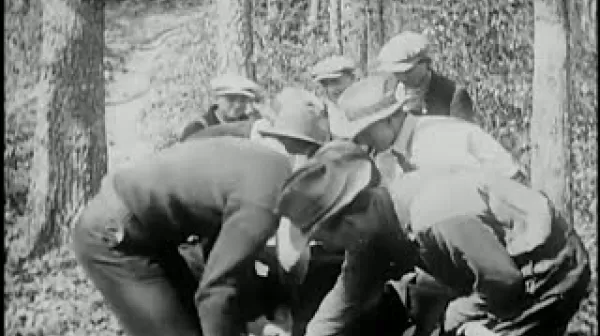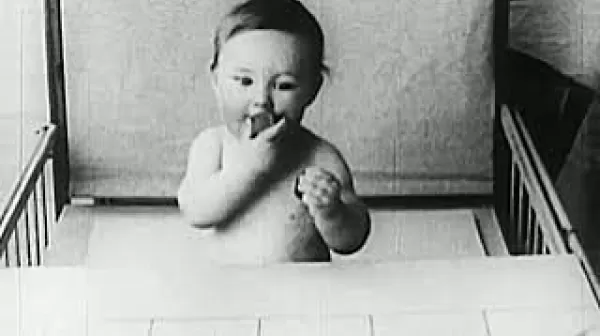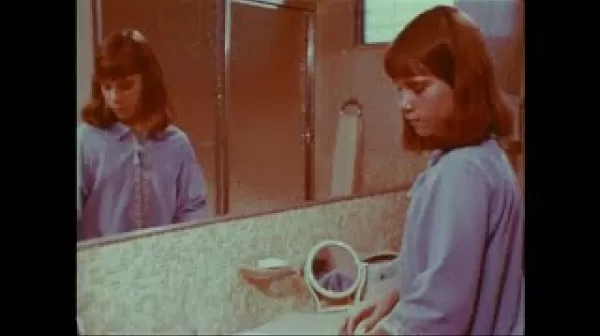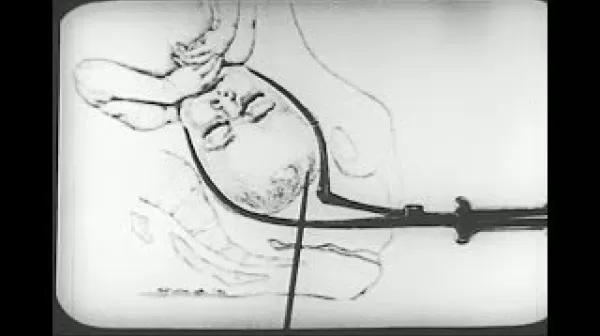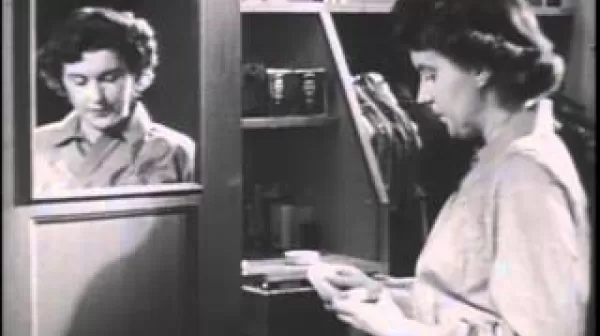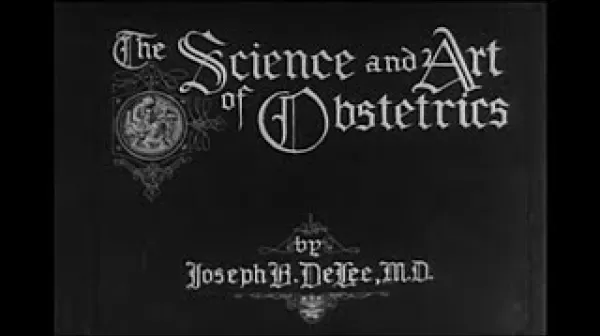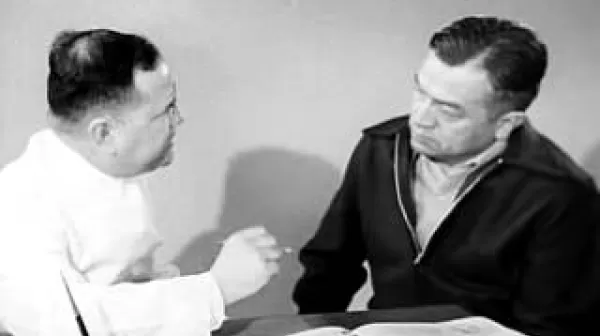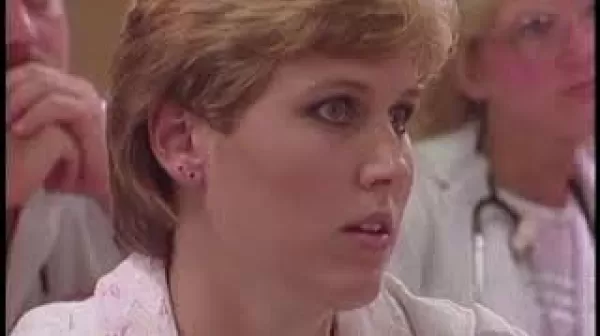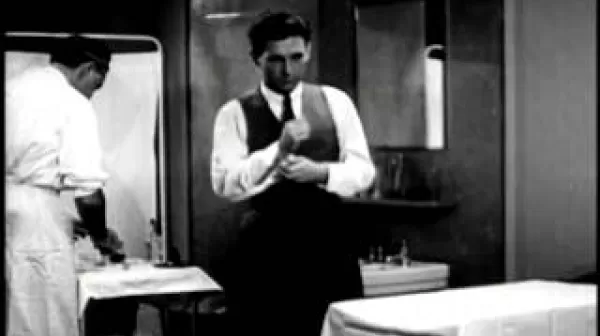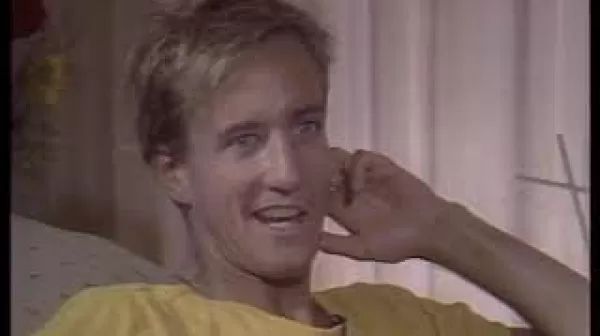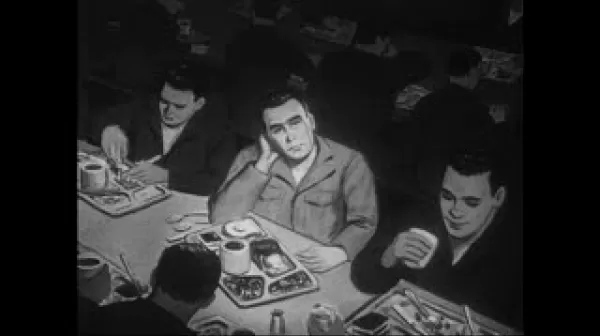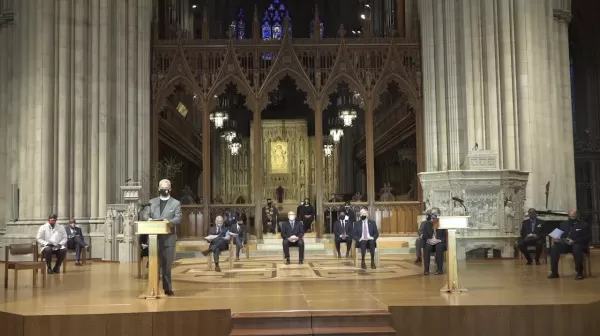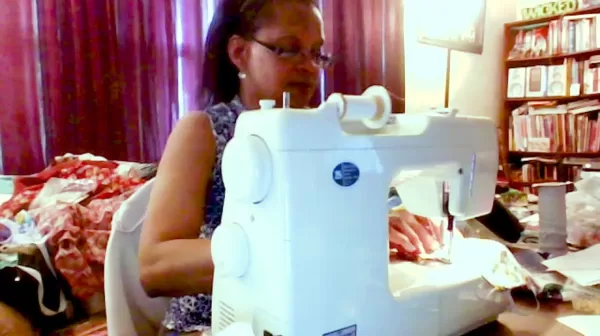The Oral Contraceptives (USPHS, 1969)
Celso-Ramon Garcia, M.D., moderator, Sheldon Segal, M.D., pro oral contraceptives, and Louis Lasagna, M.D., cautious on oral contraceptives, discuss this therapy in a round-table, studio setting. Two discussants and a moderator present positive and negative views on the use of oral contraceptives. In their favor, one out of every three American women of childbearing age is using them with apparently very little risk. They are easy, convenient, and contribute to the overall health of the woman. Unabated population growth is slowed. Metabolic changes cease when the drug is stopped.


